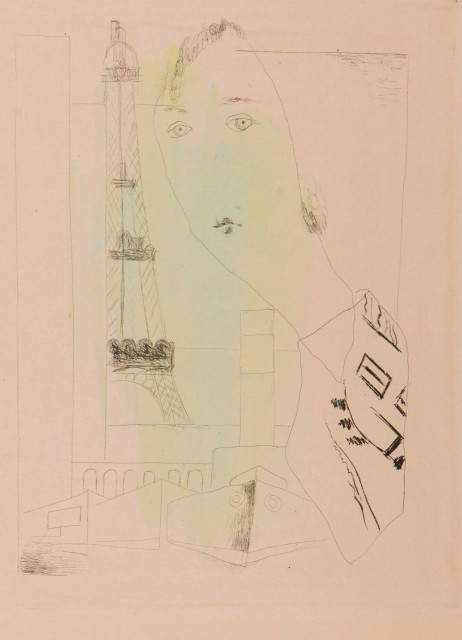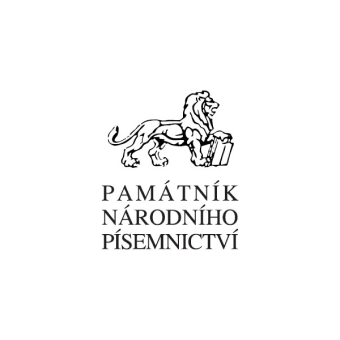
Museum of Czech Literature
Our France. French Poetry, Czech Artists and Translators

Starting from Guillaum de Machaut to Yves Bonnefoy, from Villon to Prévert, French poetry was once a source of inspiration that Czech literature would embrace. The greatest Czech poets would translate the French giants: Baudelaire, Rimbaud, Verlaine or Apollinaire. Holan, Hrubín, Nezval or Seifert followed up their predecessors of no less big names: Vrchlický and Čapek. It was by virtue of translation by Otokar Fischer and Pavel Eisner that Villon’s pieces would provide a basis for Czech modern poetry. The close relation between French and Czech culture that had started in the late 19th century influenced French poetry translation into Czech and would reach numerous culminations over the 20th century. The mature Czech book culture had occupied a truly extraordinary aesthetical dimension, whereas French poetry had inspired numerous painters, graphic artists or illustrators. A set of illustrated books of French poets could virtually serve as a compendium of the 20th century Czech visual arts history since it comprises nearly all great artists of their periods: Bauch, Bouda, Brunner, Čapek, Gross, Hoffmeister, Istler, Jiřincová, John, Kobliha, Komárek, Konůpek, Kotík, Kubín, Lhoták, Muzika, Reynek, Sklenář, Svolinský, Šerých, Šíma, Šimotová, Štyrský, Teige, Tichý, Toyen, Trnka, Zrzavý, Zykmund.
(Source: Museum of Czech Literature)
Exhibited artworks included two of the Pro arte Fund’s eighteen etchings, hand-coloured by Šíma himself, from his iconic album Paris (1927). The collection of fine illustrations – which blends motifs present in Šíma’s earlier works with the symbolist elements he subsequently went on to develop – is complemented by Paris-themed texts composed by French writers.